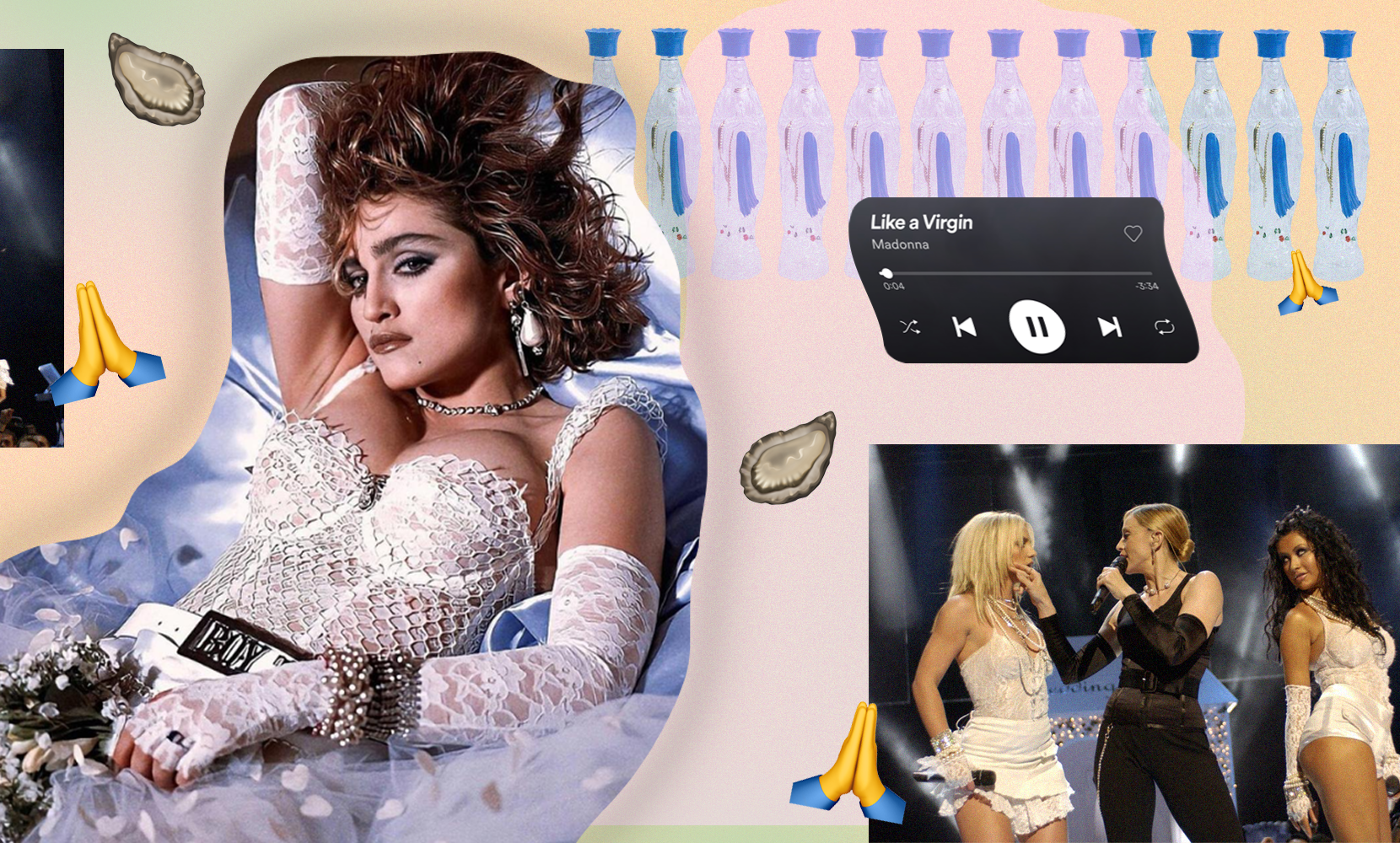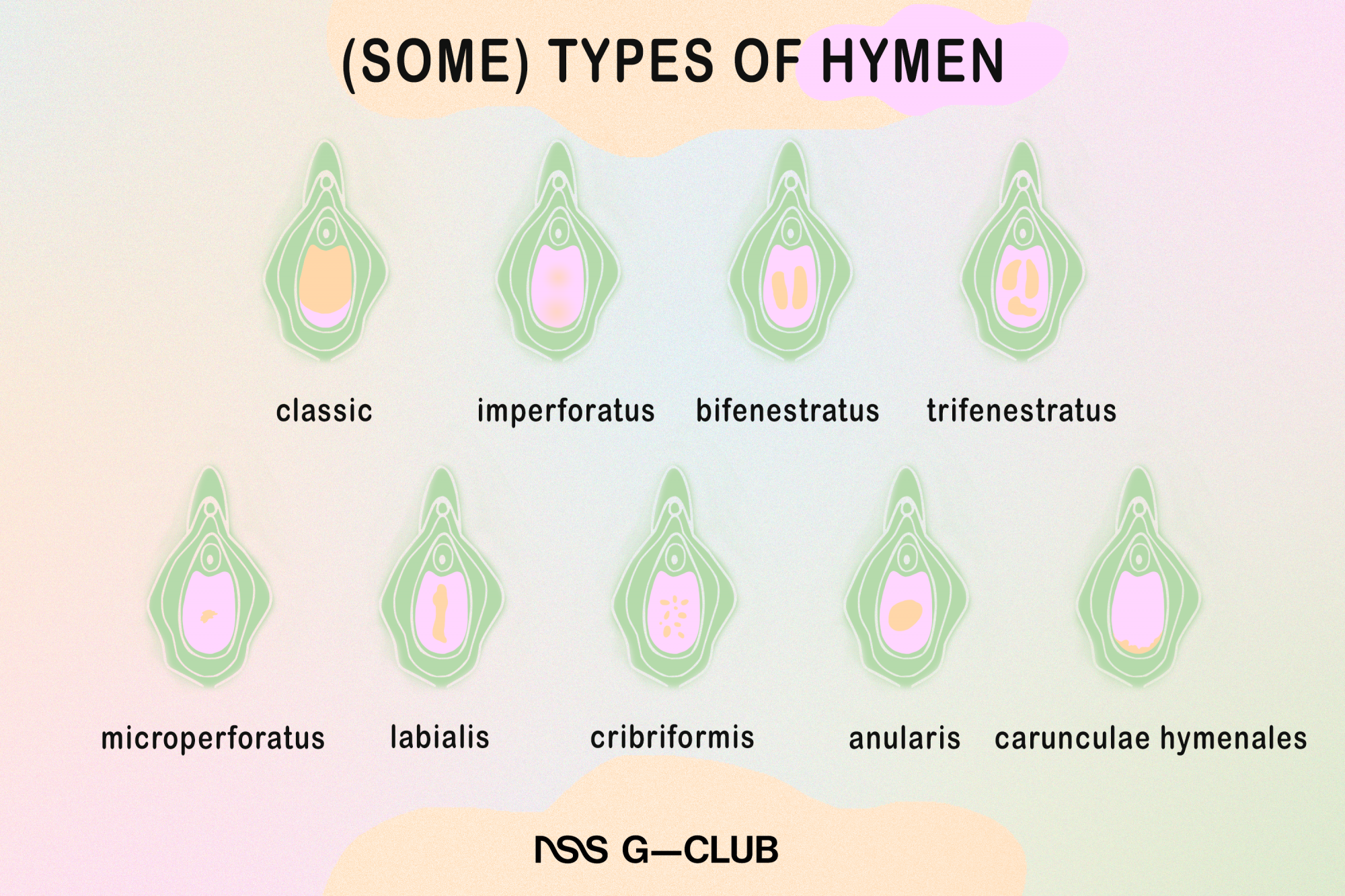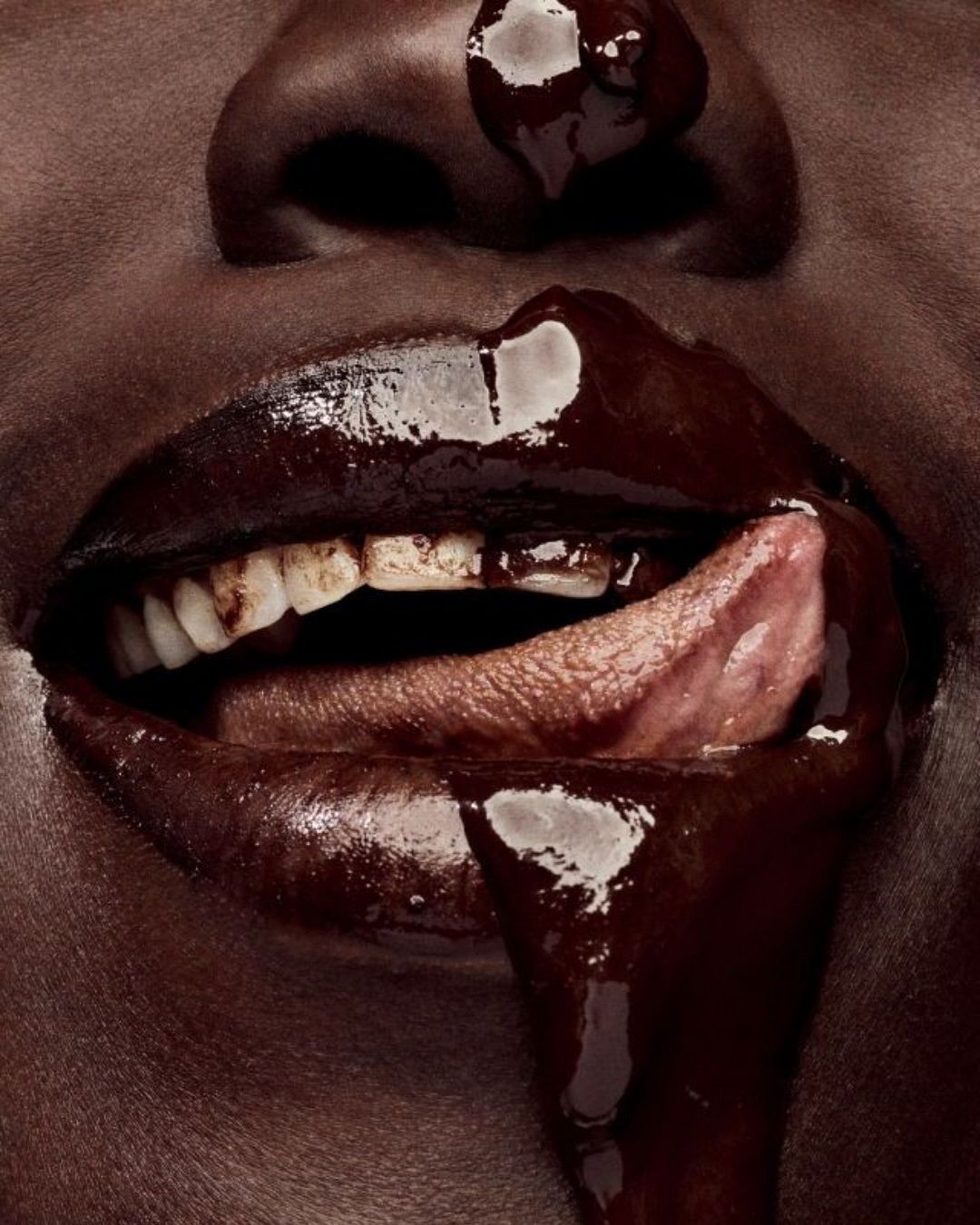
Dispelling a few myths about virginity The concept of virginity between the Immaculate Holy Mary, "Like A Virgin" by Madonna and the hanging sheets after the wedding night
In Western society, female sexuality has always been used as a tool of oppression against women, and has been controlled in particular through the myth of virginity. Virginity is a social construct that does not symbolize anything in itself, it is a concept that we have loaded with meanings over the centuries and, as such, it has been influenced by the culture of each society, by morals and, above all, by religious beliefs." “Virginity is a symbol of purity", "you are no longer a virgin when the hymen is broken", "after the first intercourse, blood comes out", "you are a virgin until you have a penetrative intercourse" are just some of the false myths related to disinformation and to the patriarchal-sexist legacies widespread in the Italian Catholic tradition. We retrace (and debunk) them starting from an avant-garde figure, who in the 80s was able to take up the sacred concept linked to the Holy Virgin to make it an image of sexual liberation, Madonna.
The “Like A Virgin” case
It was the 14th of September 1984 when the first edition of the MTV Video Music Awards was held at the Radio City Music Hall in New York, where David Bowie and Tina Turner, among the others, performed; but the performance that remained in the minds of the spectators was another one, that of Madonna with Like A Virgin (later replicated in 2003 with Britney Spears, Christina Aguilera, and Missy Elliott).
At the time Madonna was 26, she had only released one album, and the single would be released a few weeks later. Let’s imagine her, she is dressed as a bride, lace corset, veil and bouquet included, full of pearl necklaces, earrings with crosses, a belt with the words Boy Toy and gloves cut on the fingers, a little Vivienne Westwood a little Jean Paul Gaultier. On the stage there is a three-story wedding cake, more than 5 meters high, and as Madonna goes down, she loses a shoe. In that instant, her manager, Freddy DeMann, thinks that her career is over, instead, Madonna throws herself on the ground to retrieve it and simulates an orgasm, transforming that discomfort into the moment that consecrates her. After two months, the video of "Like A Virgin", directed by Mary Lambert, is released, causing an even greater sensation. It is certainly no coincidence that traditionalists and ancestors of today's "Family Day" tried to boycott it, believing that the song encouraged premarital sex: in the video Madonna leaves with a boat from the Brooklyn Bridge, arrives in Venice and wanders around the city, with a lion (in flesh and blood) walking among the columns of Punta della Dogana. The gondola scenes alternate with those shot at Palazzo Zenobio, with Madonna dressed as a bride (an outfit similar to that of the VMAs) and, later, she is placed on a bed by a man wearing a lion mask. Then the two leave in a gondola with after-hour looks, and the video ends with the New York skyline.
The video in question helps us to introduce the theme of virginity, because it contains a series of not indifferent symbolic levels. Without bothering Umberto Eco or some other luminary of semiotics, let's start from the banalities: we have a singer named Madonna, of Italian origin and of Catholic roots, who chooses to name a single (and then an album) Like A Virgin, but who proposes a hyper erotic image at the same time, with constant references to sexuality. Madonna, in her own way, represents the two archetypes that have always been used to frame women over the centuries:
-
the holy woman, dressed in that white symbol of purity, the one that Virginia Woolf called "the angel in the house", who arrives as a virgin at marriage, waiting to be laid in bed as the prey of a lion-husband, dedicated to care of the house, of the children and of the family;
-
the bad-nasty one, who lives her sexuality, exhibits it, exasperates it on a stage on live TV, the one who plays with double meanings, and in the 50s was the one who worked, maybe lived alone, and she wasn’t planning to be a virgin at her marriage, perhaps also because she had no interest in getting married.
This dichotomy is echoed in the clothes used in the video, in the tripartite division: casual outfit, virginal alter-ego in wedding dress, and final black dress that symbolizes the "loss" of virginity. The oxymorons, however, also return on a narrative level, let's just think of the allegories of the lion, which is the emblem of San Marco and the city of Venice (and Leo is the zodiac sign of mademoiselle Ciccone) but at the same time it also recalls an active animalistic side, and consequently her carnal desires, and a passive predatory side (the prey of the man mentioned above).
The virgin par excellence
In 1990 Madonna collected 15 of her hits in an album (obviously containing Like A Virgin but also the controversial Like A Prayer), to which she added two unpublished works, and entitled the collection The Immaculate Collection, an evident and provocative revival of the Catholic dogma of the Immaculate Conception. The latter was proclaimed on the 8th of December 1854 by Pope Pius IX and states that Mary of Nazareth, mother of Jesus, was born without sin, thus meaning that she is, in fact, immaculate, free from original sin. All this increases the Catholic idea that the Madonna is the ultimate symbol of earthly contamination, in fact she is defined as “unblemished". Furthermore, Holy Mary is the emblem of purity and Christianity has proposed a new model of femininity based precisely on the truth of faith of "perpetual virginity". Taking up the two usual archetypes, on the one hand we therefore have Mary, the saint, wife, mother and passive virgin, whose goal is procreation; on the other hand we have Eve, the sinner who eats the forbidden fruit, who betrays the trust of the man of which she is an offshoot, who actively distances herself from God. Eve is the one from whom all women derive, Mary is the one to whom all women must aspire.
As Eleonora Casale specifies in Virgo, mother and bride (extract of April 2020 of the Italian Ghinea newsletter), when the two archetypes are analyzed, the aim is not to attack the Christian faith or its believers, but to analyze the symbolic models that derive from it because «the social and normative structures derived from religion almost never adhere to the original creed». We have two opposing figures who have marked the entire Western culture, feeding gender stereotypes and dressing female sexuality with negativity: Eve lets herself be duped by the snake, Mary crushes that snake with her foot (and it is quite impossible not to see a sexual allusion).
After this hefty premise, between pop culture, Christianity and gender theory, let's retrace the most common myths about virginity that we still need to dispel today, in 2021.
“Virginity is a symbol of purity”
The value we assign to virginity is circumstantial and, as we have seen before, Christian legislation has contributed to nurturing this idea of purity and virtue, determining a double standard. In fact, slut-shaming is linked and opposed to this discourse, and this is a term that is used to define the judgment towards a person (basically a woman) when their habits, behaviors and sexual desires deviate from social expectations. It is always the usual holy/whore refrain, which is constantly declined in relation to the male gaze. It is not that a woman 'is' one thing or the other, but she 'is seen' here or there.
“You are no longer a virgin when the hymen breaks”
On this point we can mention one of the anatomical myths (i.e. myths concerning anatomical components) adduced in The Virginity Fraud TEDTalk, by Nina Dølvik Brochmann & Ellen Støkken Dahl: the hymen (the other one is blood, we will get to that later).
The hymen is not a membrane that completely covers the vaginal opening (how would the menstrual blood come out? duh). We think so also because of its etymology, because in Greek υμὴν, hymēn indicates the skin, but also a membrane. The hymen is actually a folding of tissues that has different openings, shapes and colors from person to person. If we had to figure it out we would say that it is made more like a scrunchie, extremely stretchy, and in fact now doctor are trying to change the name in “vaginal corona”. It is located in the first part of the vagina (1-2cm from the opening), and science still struggles to understand its real function. What we know for sure is that it is not a guarantee of virginity, it is not a seal that breaks (indeed it can even be reformed), but rather undergoes small lacerations (leaving the hymenal lobules) and this can also happen during gynecological examinations, or due to sporting activities, exertion or even internal tampons.
“After the first intercourse, blood comes out”
The control of female sexuality also passes through the false belief that one must necessarily bleed after the first intercourse. In a not too distant past, in many Italian villages after the wedding night it was customary to expose the blood-stained sheets on the balcony, so that anyone could prove the virtue of the bride. The idea is always “Virgins bleed and hymens are lost forever”. We don't lose the hymen, and so far we know, but it tears slowly in a different way based on its conformation. Anyway, it is not the laceration itself that causes blood loss (unless it is a particularly thick tissue, or an imperforate hymen, which in case must be operated on, and this is 1 case in 1000 ), but it is a matter that affects all the perineal muscles so, if a person is tense during the first penetrative intercourse, it is possible that there is a slight loss of blood from rubbing of tissues, lack of lubrication and so on. In addition, according to the spreading idea that "the first time hurts", girls tend to be even more agitated and tense, making penetration painful (but it still remains a completely individual experience). In any case, the majority do not bleed after the first intercourse.
“You are a virgin until you have penetrative intercourse”
A virgin person is a person who has not yet had sexual experiences. However, if they have already explored their pleasure through auto-eroticism, perhaps with an exclusively external stimulation, or let's say they have understood that they are part of the asexual spectrum, why should they still be a virgin? We must stop considering penetrative sex, and even more PIV (penis-in-vagina) practices, as the only valid form of sex to determine virginity status. It is a heteronormative and strongly male-dominated legacy, which does not in any way deal with the wide spectrum of LGBTQIA + experiences and it invalidates any other form of sexual act and knowledge.
So basically when are you a virgin and when are you not? It depends on the experiences, sensitivity and attitude of the individual person. Everyone is in their own way, and so it no longer makes sense to consider virginity as a dividing line between innocence and guilt. It is not useful for us to think of virginity as something that is lost, rather we should see it as the starting point: both in our journey of discovery of sexuality and in the acquisition of greater awareness. Amen, indeed, Hymen.





































































